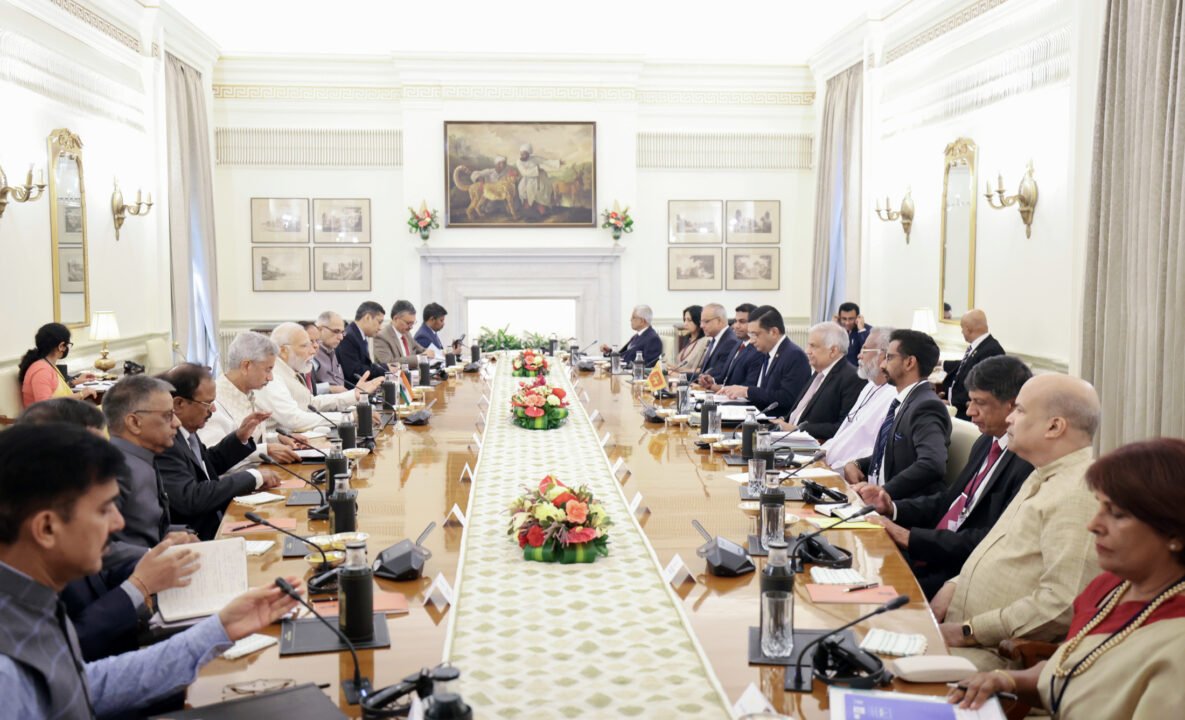NEW DELHI, March 28: The National Board for Wildlife (NBWL) has recommended the use of more than 40 hectares of forest land from the tiger corridor connecting the Nagarjunasagar Srisailam Tiger Reserve (NSTR) and the Sri Venkateswara National Park in Andhra Pradesh for the development of expressways, economic corridors and inter-corridors under the second phase of Bharatmala Pariyojana, according to the minutes of a meeting held last month.
Spread over 3,296.31 square kilometres, the NSTR is the country’s largest tiger reserve.
It is contiguous with Telangana’s Amrabad tiger reserve and accounts for the largest tiger population (around 72) in the Eastern Ghat landscape.
According to the minutes of the meeting, the length of the road passing through the tiger corridor under the project is about five kilometres. Three tunnels, four minor bridges, seven viaducts and two culverts have been suggested as mitigation structures in the project proposal.
The length of the animal passage is around three kilometres on both sides.
The member-secretary, National Tiger Conservation Authority (NTCA), has informed the NBWL’s standing committee that the mitigation measures suggested under the proposal appear to be adequate and therefore, it may be recommended.
The corridor connecting the NSTR and the Sri Venkateswara National Park, known as the Nagarjunasagar-Sri Venkateswara NP Corridor, passes through forested habitats and includes three protected areas — the Gundla Brahmeswaram Wildlife Sanctuary, the Sri Lankamalleswara Wildlife Sanctuary and the Sri Penusila Narasimha Wildlife Sanctuary.
Various state highways (31, 34, 56 and 57) intersect the corridor, highlighting the need for wildlife passageways and appropriate mitigation measures, the environment ministry’s “Status of tigers, co-predators and prey in India-2022” report said.
“The tiger density within the Nagarjunasagar-Srisailam Tiger Reserve is on the rise, and tigers will naturally disperse to recolonise the Sri Venkateswara National Park. Therefore, it is crucial to maintain the functionality of the corridor to facilitate this natural dispersal.
“This population block encompasses one of the largest continuous forest areas, with the potential to sustain approximately 400 tigers if the wild ungulate population is restored,” the report read.
Launched in 2017, Bharatmala Pariyojana aims to create a high-speed road network in the country by constructing new highways, improving the existing ones and creating efficient transport corridors.
The ongoing first phase of Bharatmala aims to construct 34,800 kilometres of road projects. A total of 5,000 kilometres of roads will be constructed in the second phase. (PTI)












